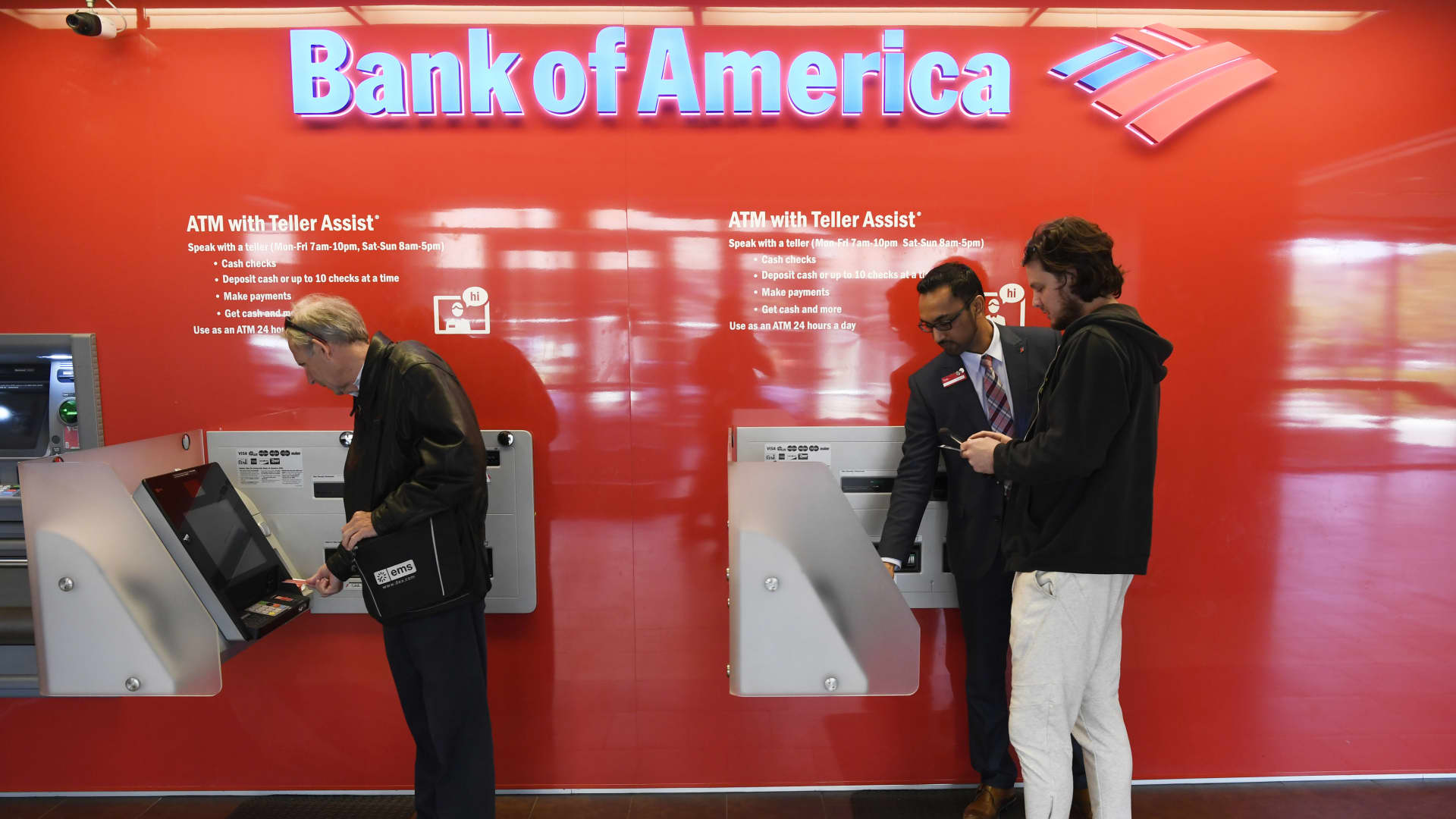The U.S. personal savings rate remains below its historical average, according to the U.S. Bureau of Economic Analysis.
The seasonally adjusted annual rate of personal saving was 4.6% in February. That’s well below the average annual rate of more than 8%, according to the data, which traces back to 1959. In June 2022, the rate had dipped to 2.7%, a 15-year low.
This was a large fall from periods of the pandemic when households across the country were saving as much as 30% of their monthly income.
“Something like $2 [trillion] to $2.5 trillion above what we would have otherwise expected were saved by American households,” said Curt Long, chief economist at the National Association of Federally-Insured Credit Unions.
Collectively, Americans have trillions in excess savings compared with expectations leading up to the pandemic, according to Federal Reserve economists.
“That really has helped to buoy the economy,” said Shelley Stewart, a senior partner at McKinsey & Company, “particularly in a place like the U.S., where consumption is such a big part of GDP.”
Federal Reserve economists note that the lion’s share of excess savings is concentrated in the top half of households by income.
But the lower half built up savings in this time, too, according to the central bank’s October note. They noted at the time that the lower half of earners had roughly $5,500 in excess savings per household. Experts believe these stockpiles of cash will begin to dwindle in 2023.
In the months since, headline inflation stayed stubbornly high, at an annual rate of 5% in March. This weighs on consumer spending, while devaluing savings held in low return positions such as cash.
Watch the video above to learn about how the personal savings rate affects you and the wider economy.
